One of the settings used under manual mode is shutter speed. This with ISO and aperture, you can manually set your camera for the creative shot you are desiring. How to use shutter speed is what we will talk about today.
Shutter speed being the last of the triangle trifecta offers a lot for photographers and cinematographers who prefer to use manual mode. Naturally those who use automatic mode do not need to worry about these settings. But who wants to do that!
What is Shutter Speed?
You may have noticed a bunch of buttons or dials on your camera. As I previously mentioned, shutter speed is one of those important settings on your camera.
The easiest way to describe shutter speed is that it is how fast or slow the shutter opens and closes. When the shutter opens, it’s exposing light to the sensor.
The duration of how long the light is exposed before the shutter closes is what shutter speed is.
Learning how to master this “exposure triangle” to include aperture and ISO is imperative to learning how to operate your camera.
The three of these mixed together can help you achieve the desired effects you are wanting either with a photo or with a video.
How does Shutter Speed work?
Shutter speed is measured as a time value. Examples are 1/25 of a second or 1/50 of a second. It is the moment between the opening and closing of the shutter controlling the exposure of your photo.
This all depends on the type of lens you are using. If you are using a 300mm lens, you can shoot at 1/300th of a second and so on.
How shutter speed works is the faster the shutter speed is, the darker your image is. Whereas the slower your shutter speed is set to, the brighter your image is.
The reason for this is that the slower the shutter speed, the longer the sensor is being exposed to light, capturing more movement the longer the shutter is open. The faster the shutter speed is, the less light is being exposed to the sensor.
One of the magical things that shutter speed has to offer is that it has the ability to freeze motion of a shot. The higher the shutter speed is set, the more of an opportunity to capture something in motion. Whether it’s a sport event or a bird in the sky.
For a more intentional blur, some prefer to shoot at a slower shutter speed at night to capture the blur of traffic. Some situations may cause for blur to make things look more realistic. I personally feel it is up to the photographer on where their creativity is taking them.
When should I use a high or a low Shutter Speed?
How it works is that if your image is moving while the shutter speed is open, the more blur you will have. If you’re wanting to capture the fast moving object, you will need more shutter speed to capture it.
However, if you’re looking for more of a blurred effect, you can lower your shutter speed to achieve this.
An example might be a waterfall shot. If you take a picture of a waterfall with a lower shutter speed, you can gain that blurry effect.
So a few tips might be that if you are taking a picture of a person who isn’t moving much, you might use a lower speed of 1/50 or even 1/100th.
Now say you’re at a sporting event, you may want to set your speed to 1/1000th as an example.
If you’re a bird watcher and you’d just love to capture those wings in motion, you might consider setting your speed to 1/2500th.
How do I use Shutter Speed with ISO and Aperture?
Depending on what you are wanting in a shot, depends on what changes you’ll make to either of the three settings. For example, if you are outside and you want a blurred background.
Setting the aperture as wide as it will go can over expose your shot. Whereas if you increased your shutter speed causing the over exposed shot to now darken enough and still create that desired blurry effect.
Say you want a clear crisp background but found that by closing the aperture, your image was then too dark. You could at that point lower your shutter speed to compensate thus bringing in more light.
I know I have pushed for manual mode. However, another tip would be that if you are shooting a video for a sport event and just as you got all of your settings correct, everyone moved into the shade. In this case using an automatic ISO setting (yes, I said automatic) would be helpful here.
The reason for this is that as you pan your camera into the shade from the sun, your shot is now under exposed leaving everything dark. By setting your ISO to automatic, you can compensate for the darkness without having to take the time to manually change it.
To Wrap Things Up…
Knowing what shutter speed does and how it works plays an important role for those creators who wish to get the most out of their shots and videos using manual mode.
Shutter speed is special in its own way simply because, for example, if you know you’re wanting a crisp shot from a moving object, you’ll know exactly what you need to do to get the creative shot or video you’re wanting.
That’s the magic of using manual mode, you have all the creativity at your finger tips.
Testing or getting familiar with how your camera works with these three can really make all the difference.
I hope this article shed some light (no pun intended) for you to learn how shutter speed works!
Please feel free to leave any questions in the comment section below.
Or if you would like to share your experience, please leave those stories in the comment section as well!

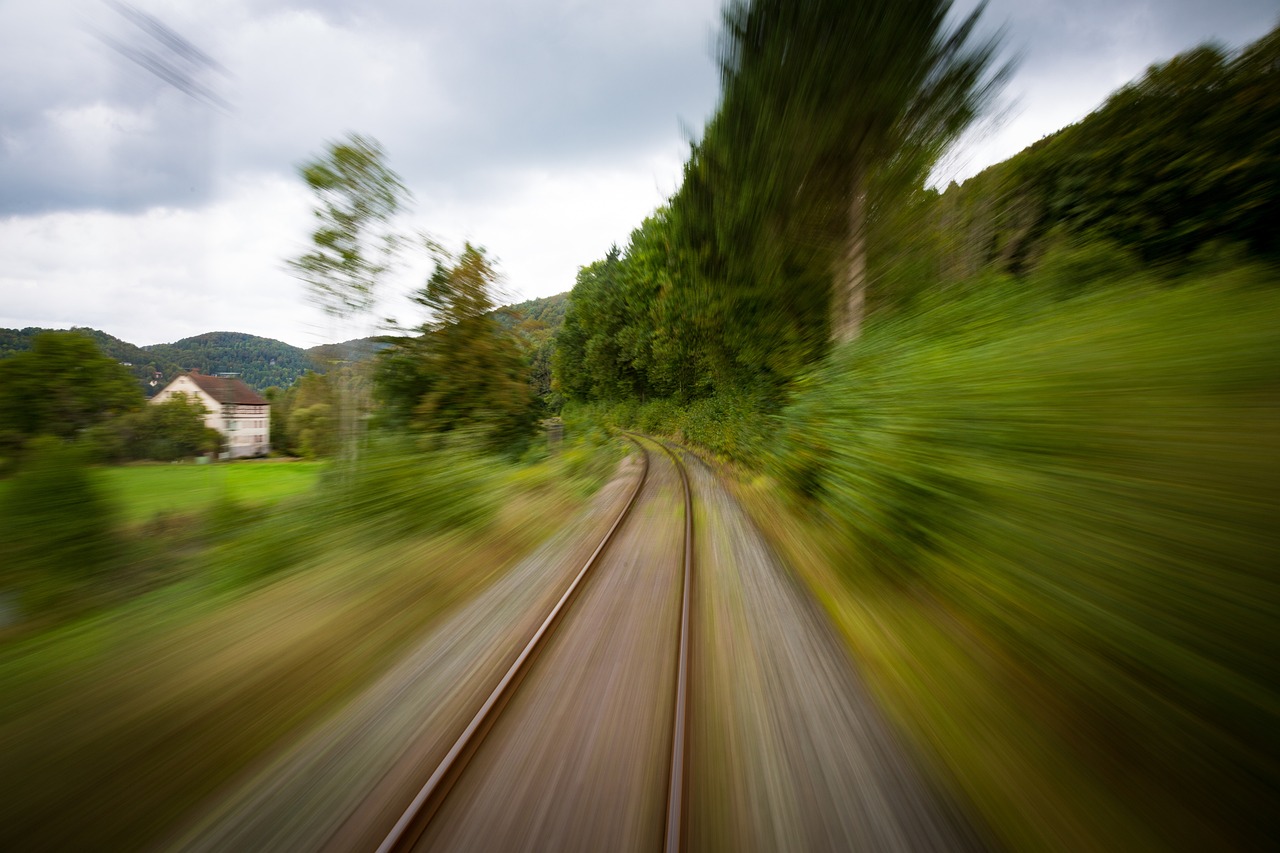
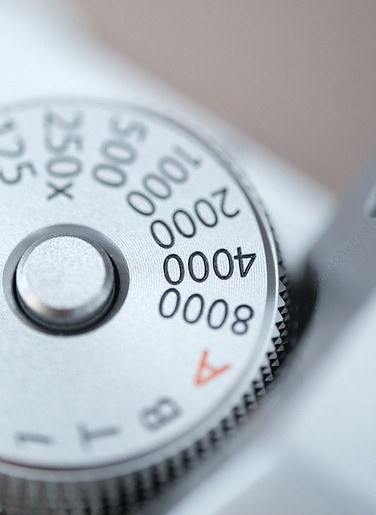
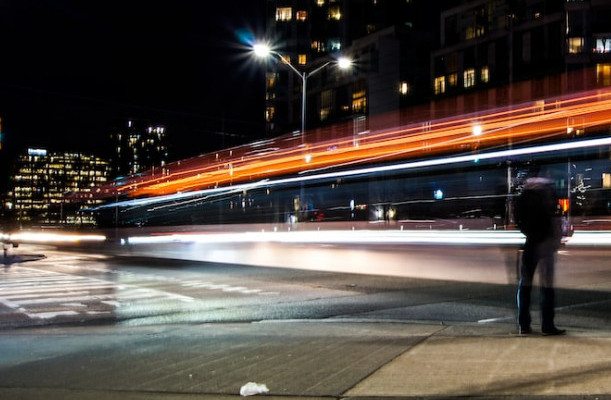
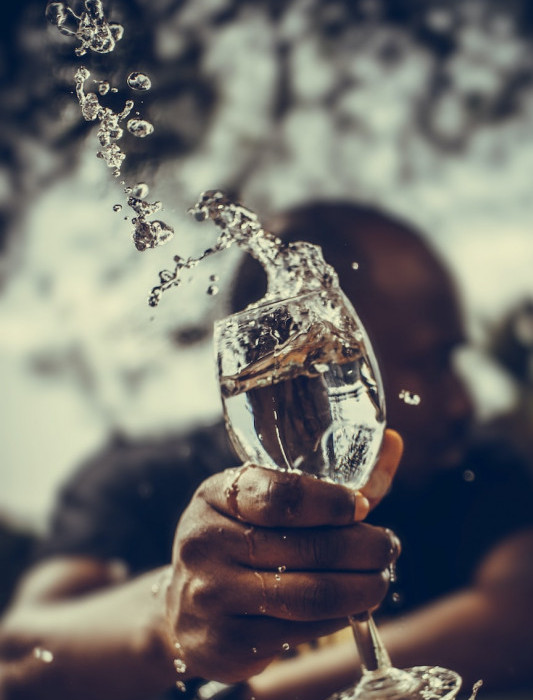
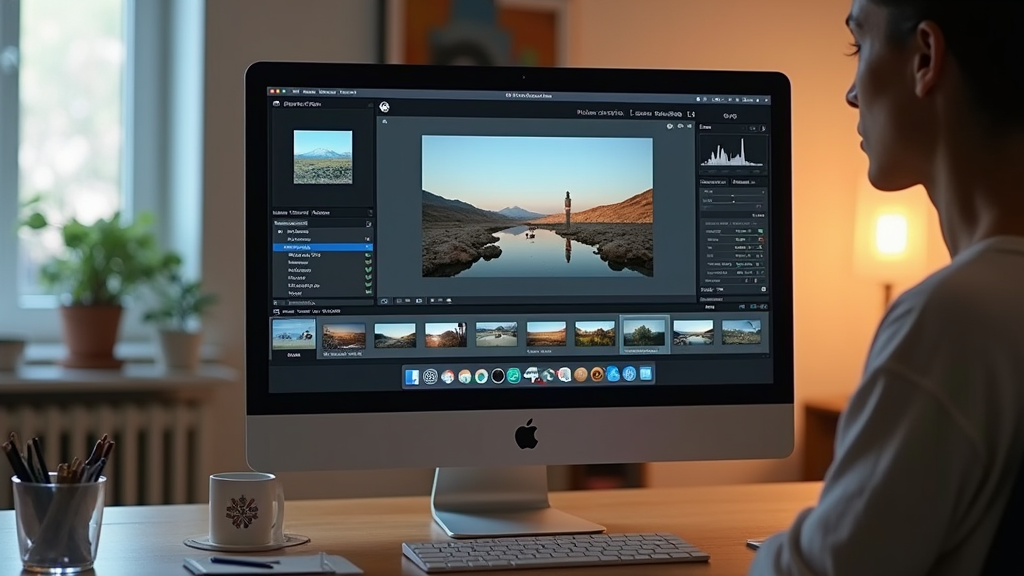
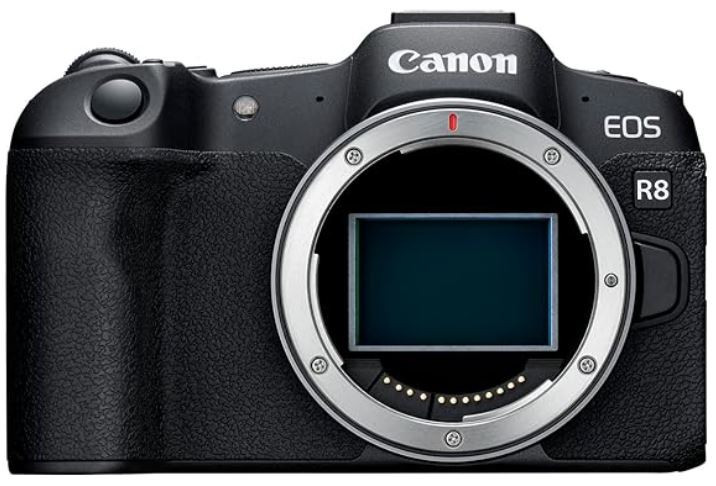
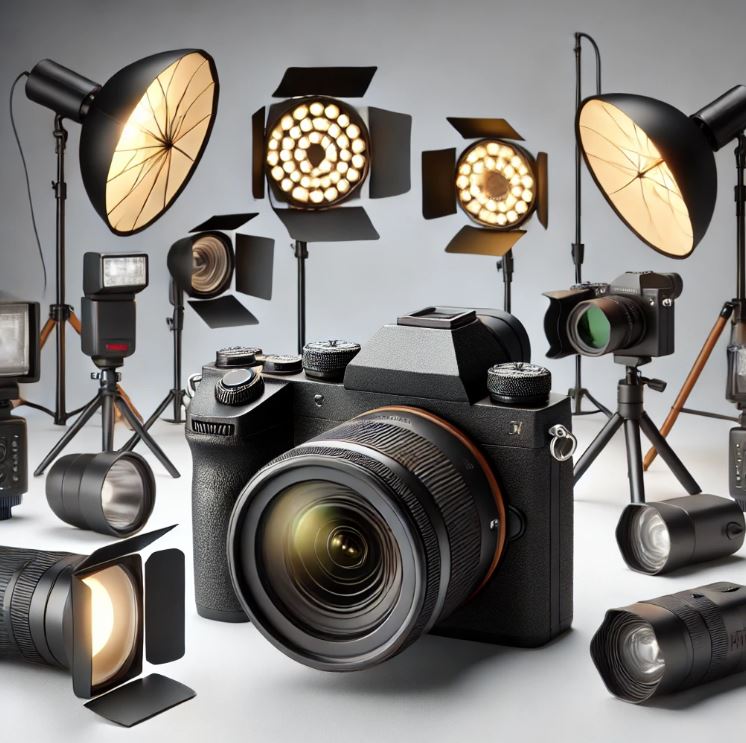
I have always wondered what the term shutter speed meant. You always hear photographers talking about it. So it’s all about how much light you let in. Can one do this using a phone or would you need a professional camera to get this right? I would love to be able to take photos with that blurry effect, but don’t have my cannon anymore to do this.
Thank you for your response! I’m glad you found it resourceful! As far as shutter speed settings on a phone. I haven’t tried it myself but I heard you can change it. I think it’s different for an android or an iphone. I also read that it depends on how old your phone is, too. Great question!
Thank you for sharing this detailed and informative article on how to use shutter speed effectively. Your explanation of shutter speed as the duration of time the shutter is open and how it controls the exposure of a photo or video is clear and easy to understand. I appreciate that you emphasized the importance of mastering the exposure triangle, which includes shutter speed, aperture, and ISO, to achieve the desired creative effects.
Thank you! I’m thrilled that you found value in the article!!